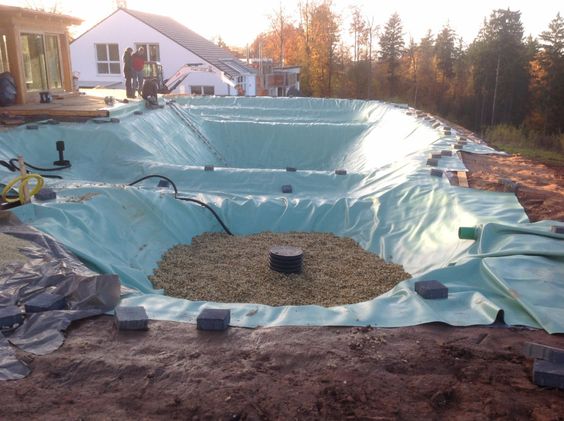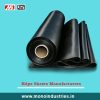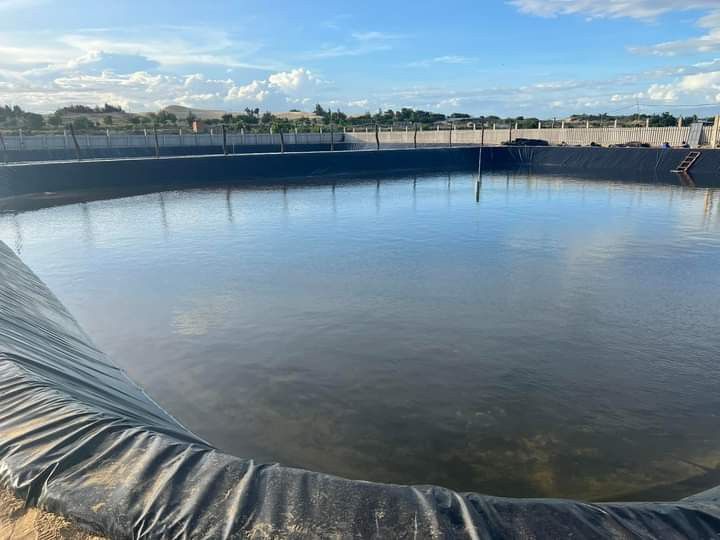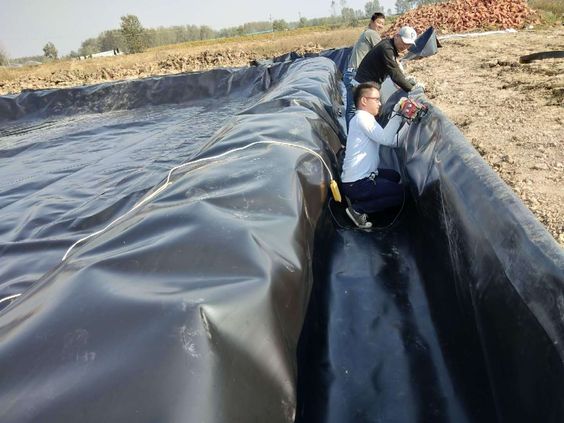Why HDPE Sheets are Communally used in Daily Life ?

High-Density Polyethylene (HDPE) sheets have emerged as a versatile and indispensable material in various industries due to their exceptional properties and wide-ranging applications. In this comprehensive guide, we’ll delve into the world of HDPE sheets, exploring their characteristics, benefits, applications, and the factors to consider when choosing the right HDPE sheets for your projects.
Understanding HDPE Sheets
HDPE sheets are flat panels made from high-density polyethylene, a thermoplastic polymer known for its strength, durability, and chemical resistance. HDPE is produced from ethylene monomers through a polymerization process, resulting in a material with a high strength-to-density ratio. HDPE sheets are available in various thicknesses, sizes, and colors to suit different application requirements.
Key Properties of HDPE Sheets
Durability and Strength
HDPE sheets are renowned for their durability and ability to withstand heavy loads, impact, and environmental stressors. They are resistant to cracking, tearing, and warping, making them ideal for demanding applications in construction, agriculture, and industrial settings.
Chemical Resistance
One of the standout features of HDPE sheets is their resistance to a wide range of chemicals, including acids, bases, and solvents. This property makes them suitable for use in environments where exposure to corrosive substances is common, such as chemical processing plants, laboratories, and wastewater treatment facilities.
Weatherability
HDPE sheets exhibit excellent weatherability, resisting degradation from exposure to sunlight, moisture, and temperature fluctuations. They are UV-stabilized to prevent fading, yellowing, and brittleness, making them suitable for outdoor applications such as signage, marine structures, and playground equipment.
Low Friction Coefficient
HDPE sheets have a low coefficient of friction, reducing frictional resistance and promoting smooth sliding and abrasion resistance. This property makes them ideal for applications where low friction is essential, such as conveyor systems, chute liners, and bearings.
Ease of Fabrication
HDPE sheets are easy to fabricate using common tools and techniques such as cutting, drilling, welding, and thermoforming. They can be machined, routed, and shaped to precise specifications, allowing for custom designs and configurations to meet specific project requirements.
Common Applications of HDPE Sheets
Construction and Building Materials
HDPE sheets are widely used in the construction industry for applications such as wall cladding, roofing, flooring, and insulation. Their durability, weather resistance, and ease of installation make them an ideal choice for both indoor and outdoor construction projects.
Agricultural Applications
In agriculture, HDPE sheets are used for lining ponds, reservoirs, and irrigation channels to prevent water seepage and contamination. They are also employed as greenhouse coverings, mulch films, and livestock enclosures due to their durability, chemical resistance, and UV stability.
Packaging Solutions
The packaging industry utilizes HDPE sheets for manufacturing containers, bottles, crates, and packaging films. HDPE’s lightweight, moisture resistance, and recyclability make it an excellent choice for packaging various goods, including food, beverages, pharmaceuticals, and personal care products.
Industrial Equipment and Components
HDPE sheets are used to fabricate various industrial equipment and components, including storage tanks, chemical processing vessels, and machine parts. Their chemical resistance, impact strength, and low friction properties make them suitable for harsh industrial environments where durability and reliability are paramount.
Transportation
In the transportation sector, HDPE sheets find applications in vehicle interiors, exterior panels, and cargo liners. Their lightweight, impact resistance, and ease of fabrication make them an attractive choice for automotive, aerospace, and marine applications where weight savings and performance are critical.
Choosing the Right HDPE Sheets
When selecting HDPE sheets for your projects, consider the following factors:
-
Thickness and Size: Choose the appropriate thickness and size of HDPE sheets based on the specific requirements of your application, ensuring sufficient strength and coverage.
-
Color and Finish: HDPE sheets are available in a variety of colors and finishes, including smooth, textured, and matte. Select the color and finish that best suits your aesthetic preferences and functional needs.
-
Certifications and Standards: Ensure that the HDPE sheets meet industry standards and certifications for quality, safety, and environmental compliance, such as ASTM, FDA, and NSF certifications.
-
Supplier Reputation: Partner with a reputable supplier or manufacturer with a proven track record of delivering high-quality HDPE sheets and reliable customer service.
-
Cost and Value: Consider the overall cost-effectiveness and value proposition of the HDPE sheets, taking into account factors such as longevity, performance, and maintenance requirements over the product’s lifecycle.
Conclusion
HDPE sheets offer a multitude of benefits and applications across various industries, thanks to their durability, chemical resistance, weatherability, and ease of fabrication. Whether used in construction, agriculture, packaging, industrial equipment, or transportation, HDPE sheets provide a versatile and reliable solution for diverse project requirements. By understanding the key properties, applications, and selection criteria for HDPE sheets, you can make informed decisions and leverage the full potential of this versatile material in your projects.



